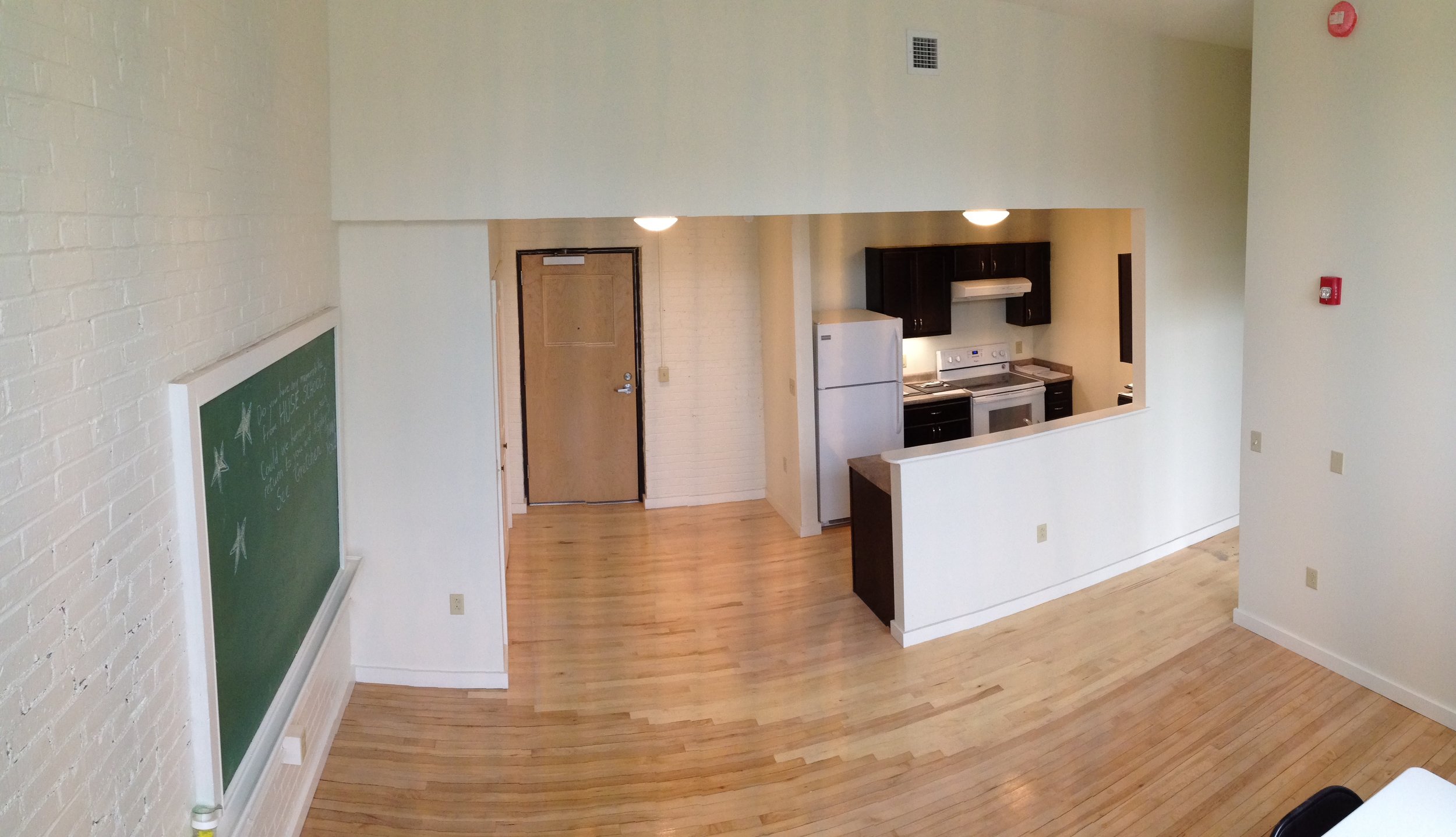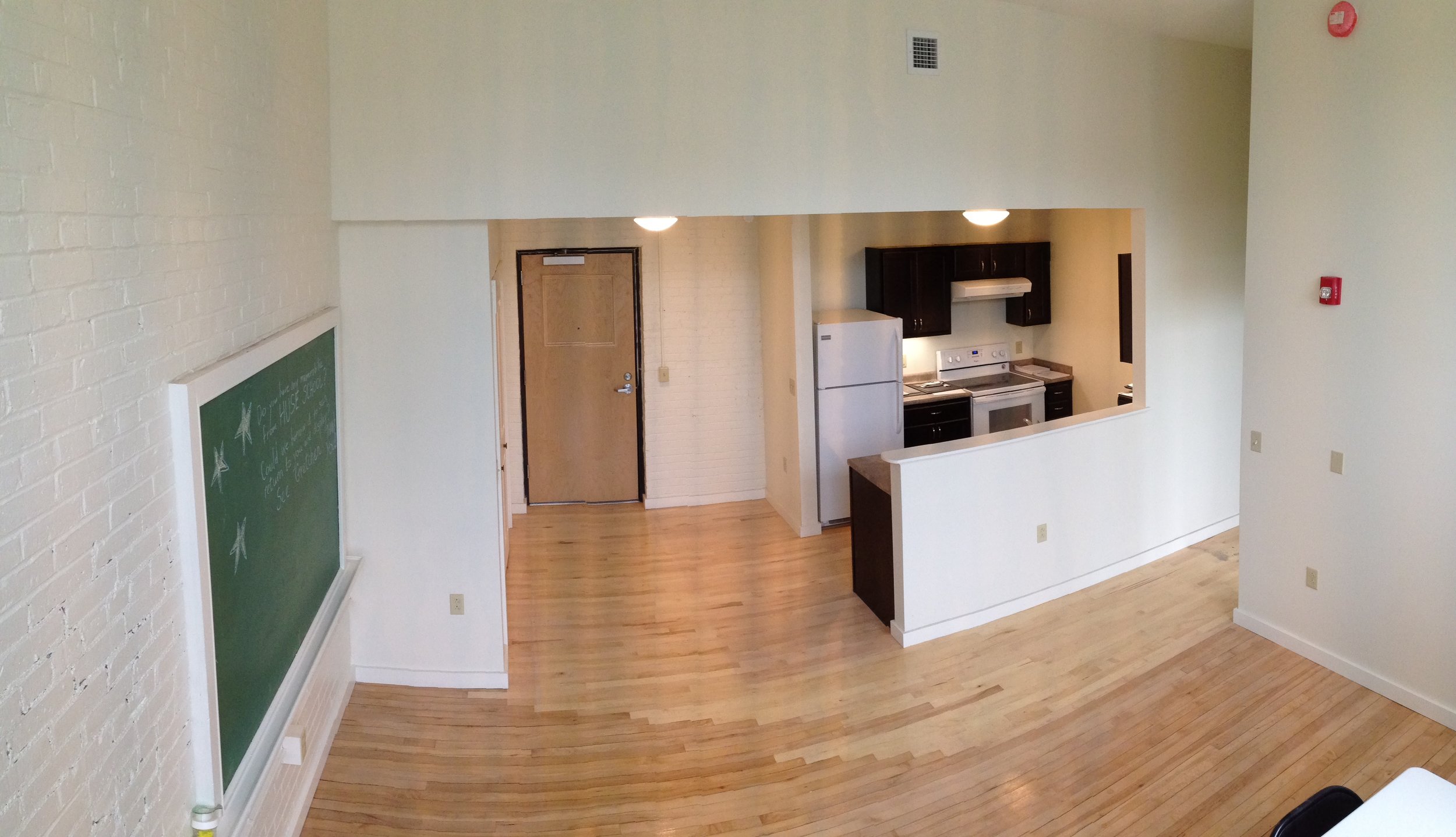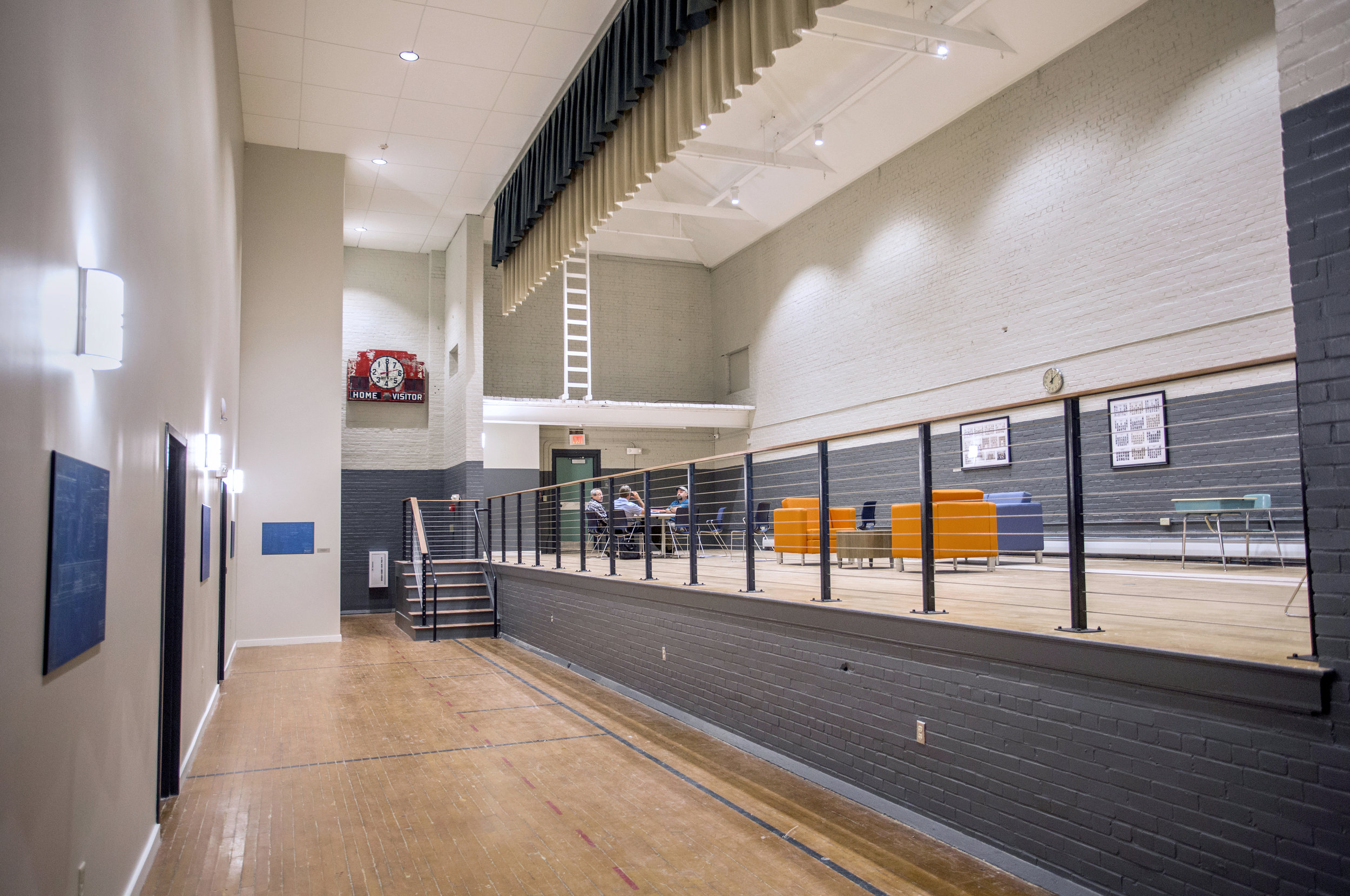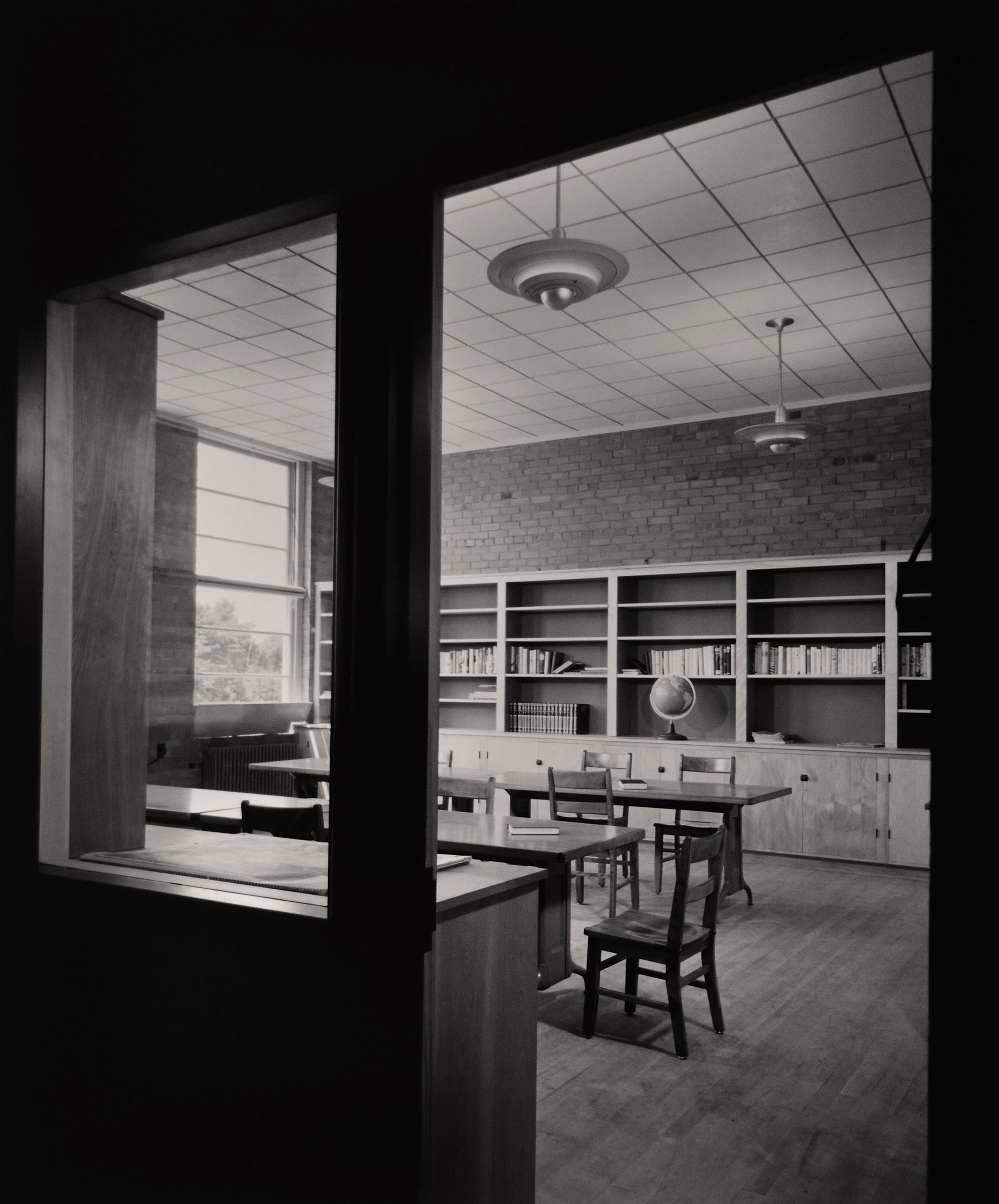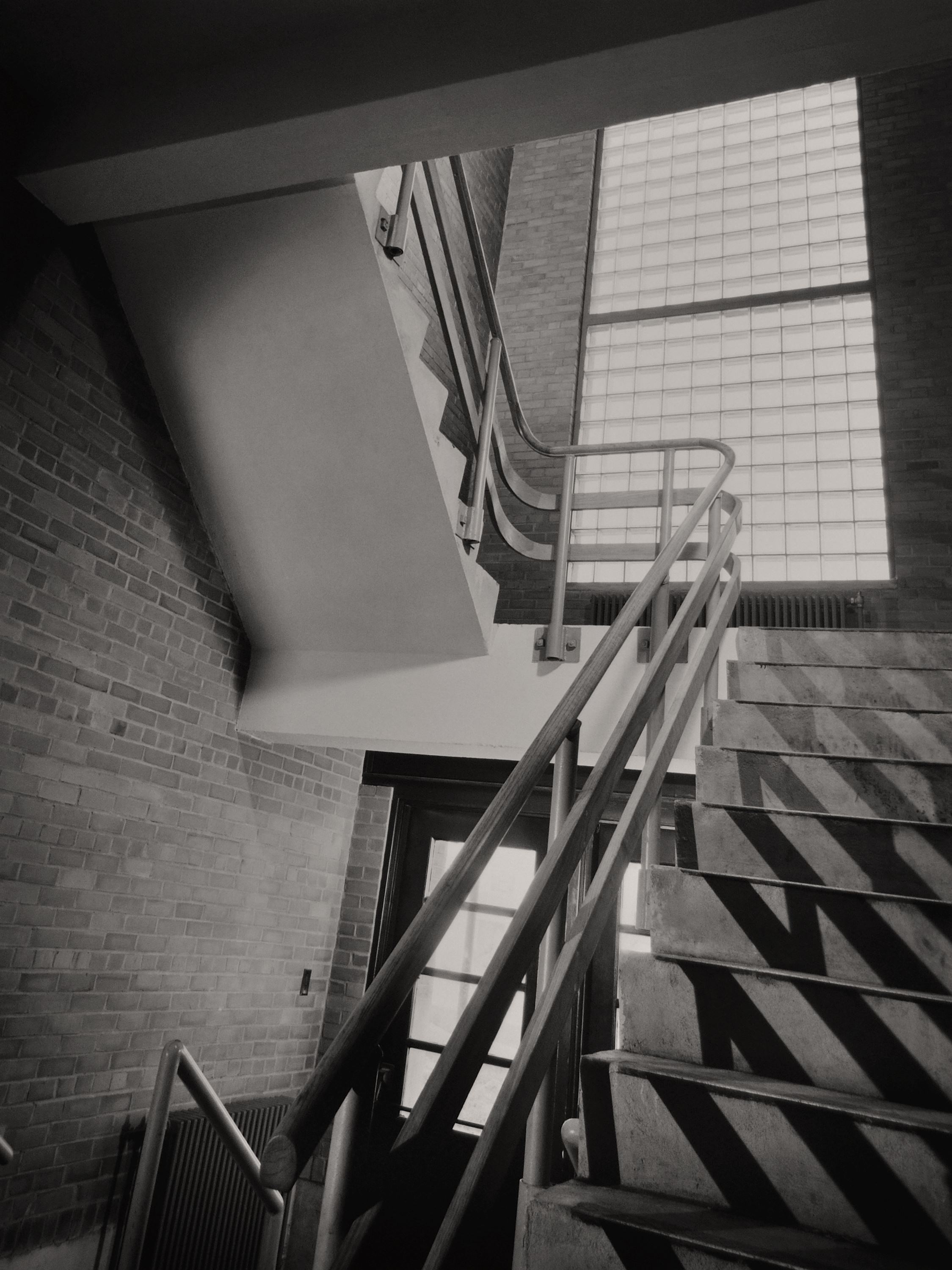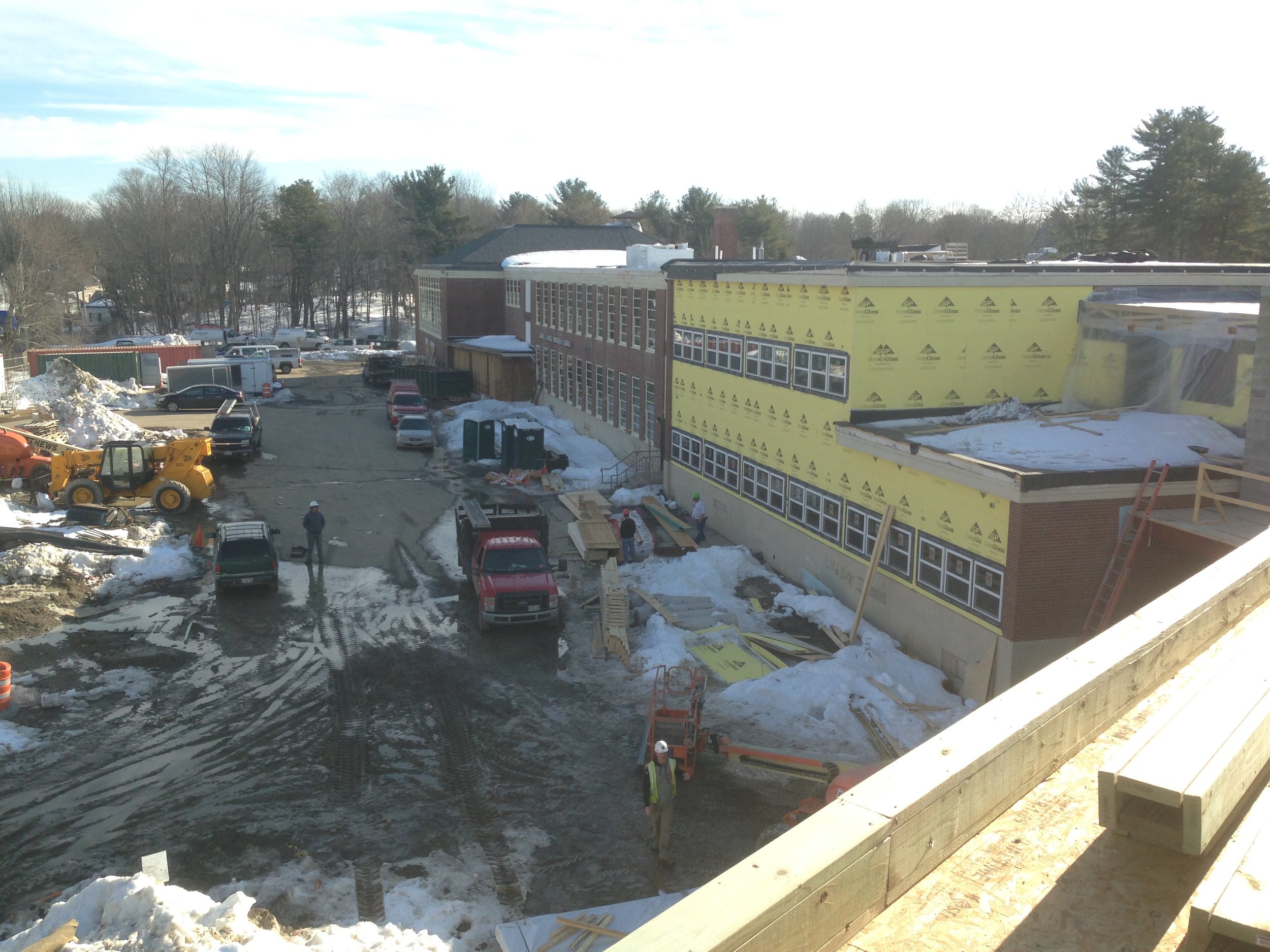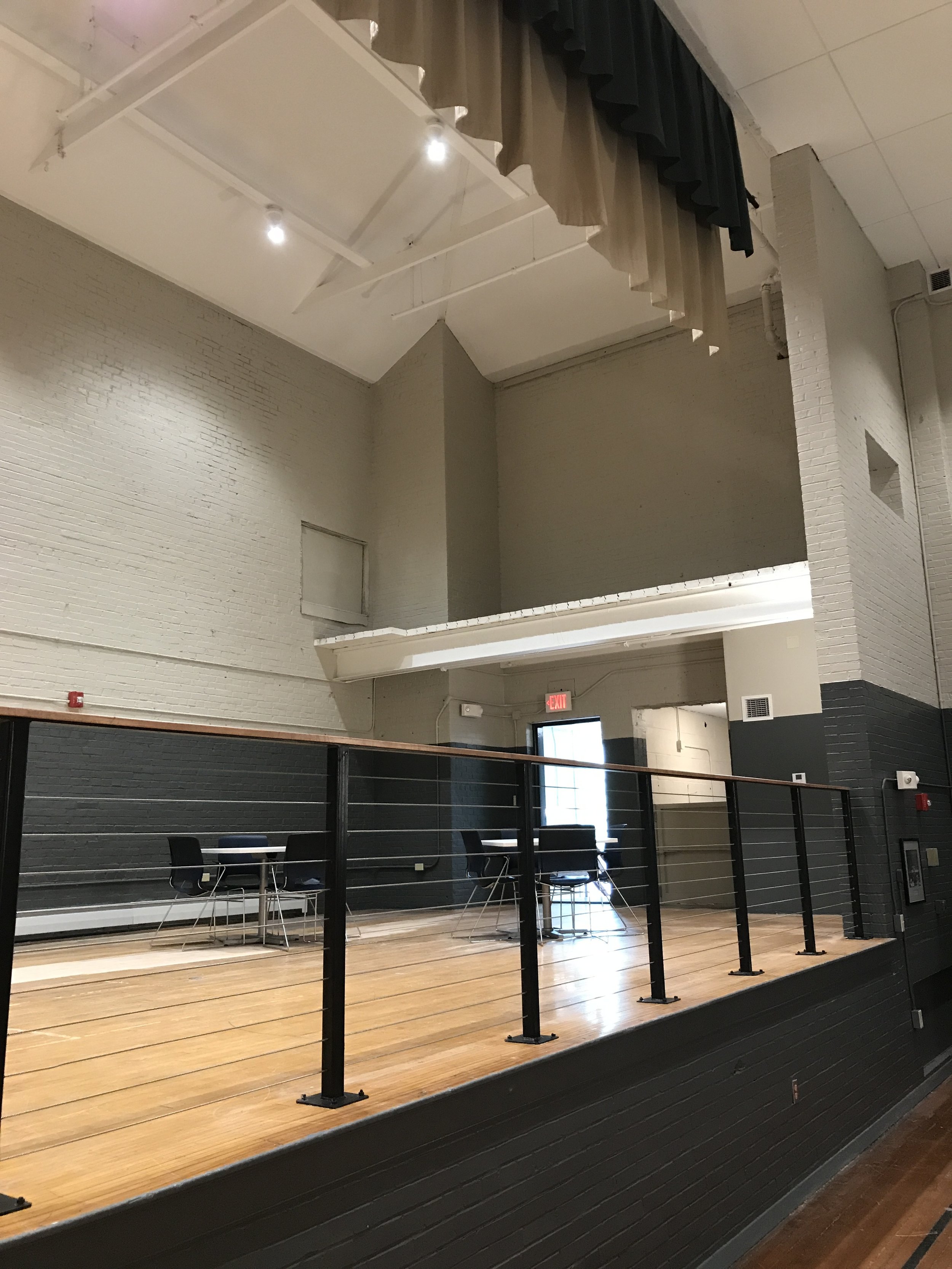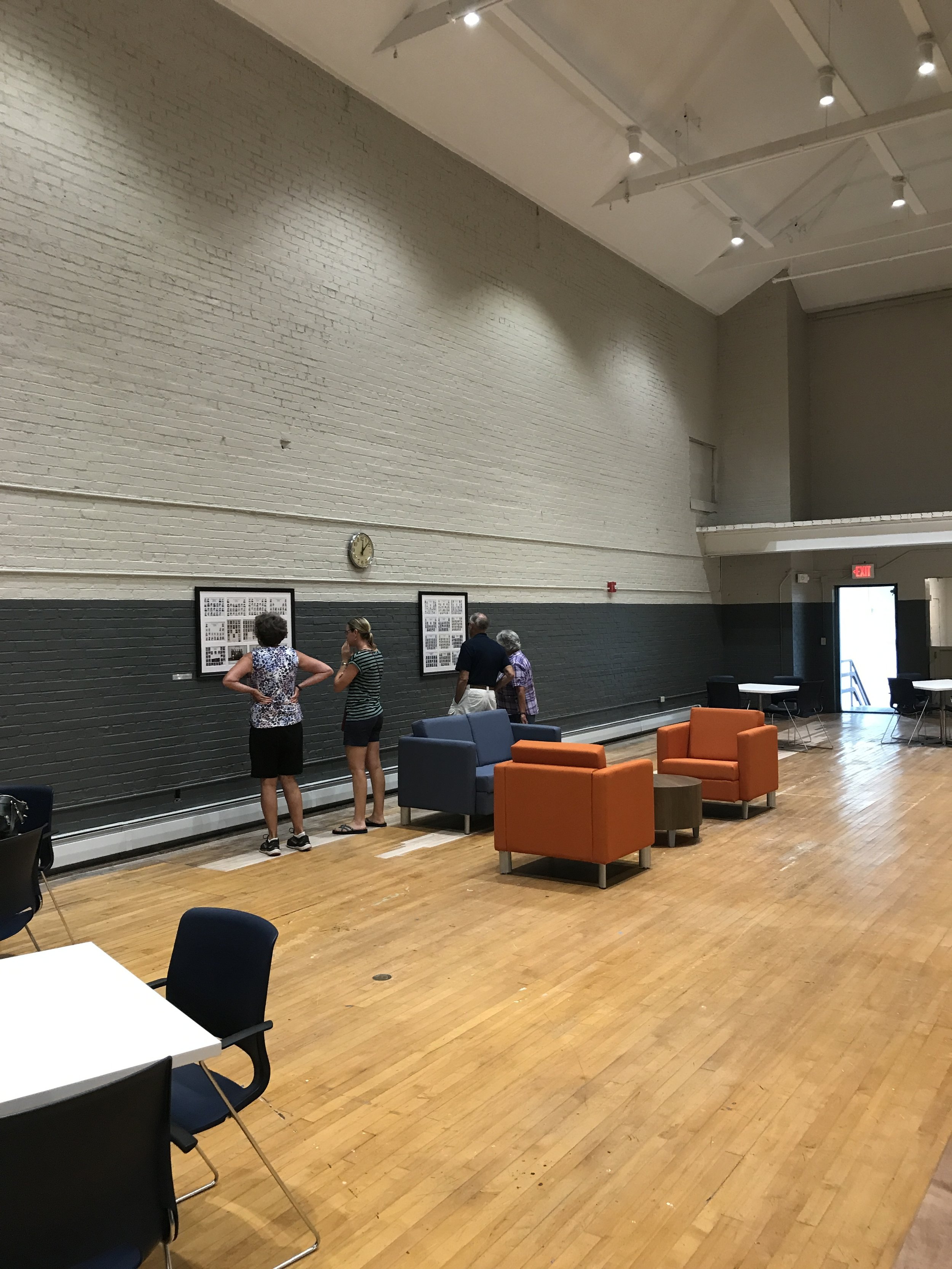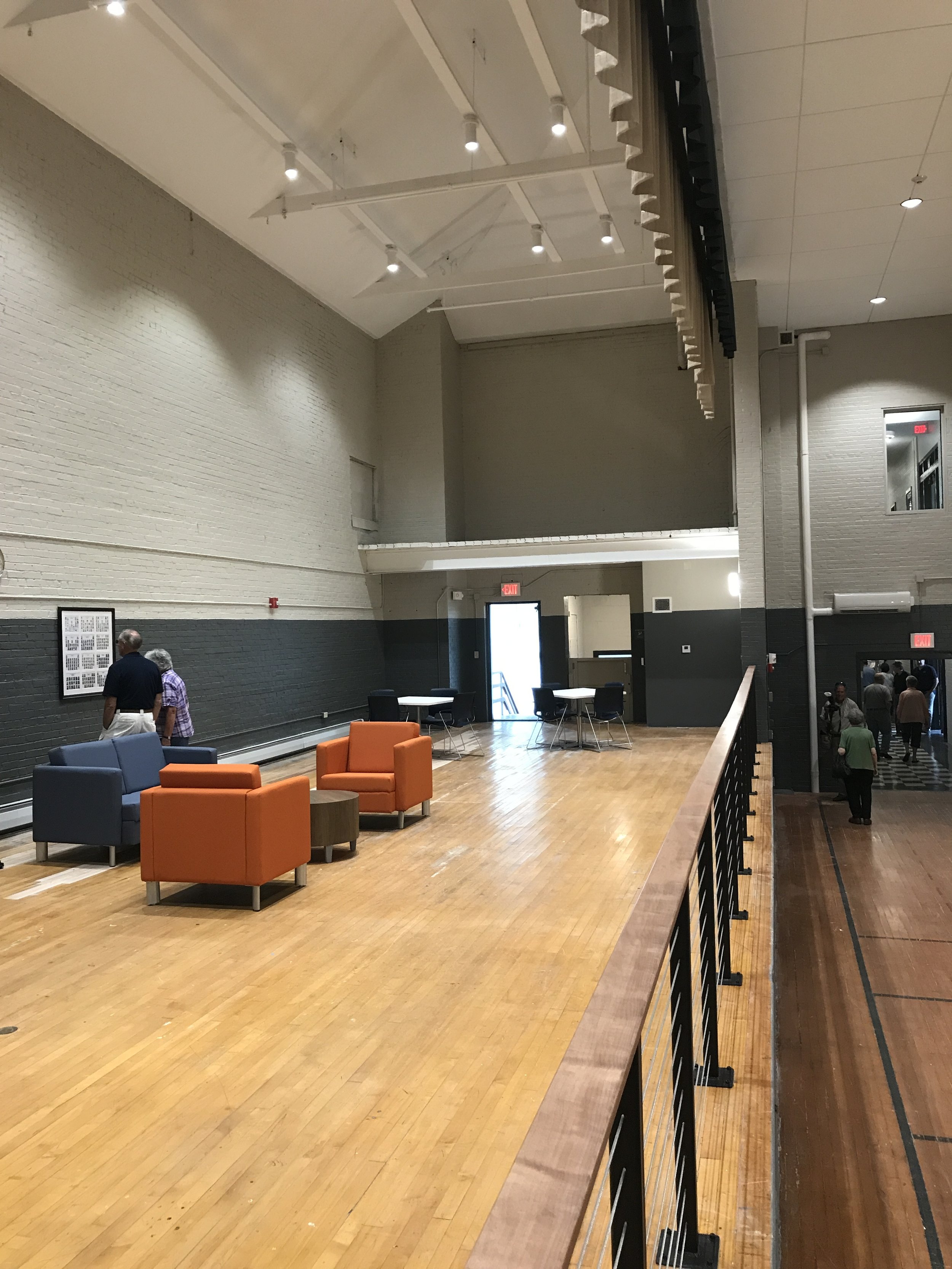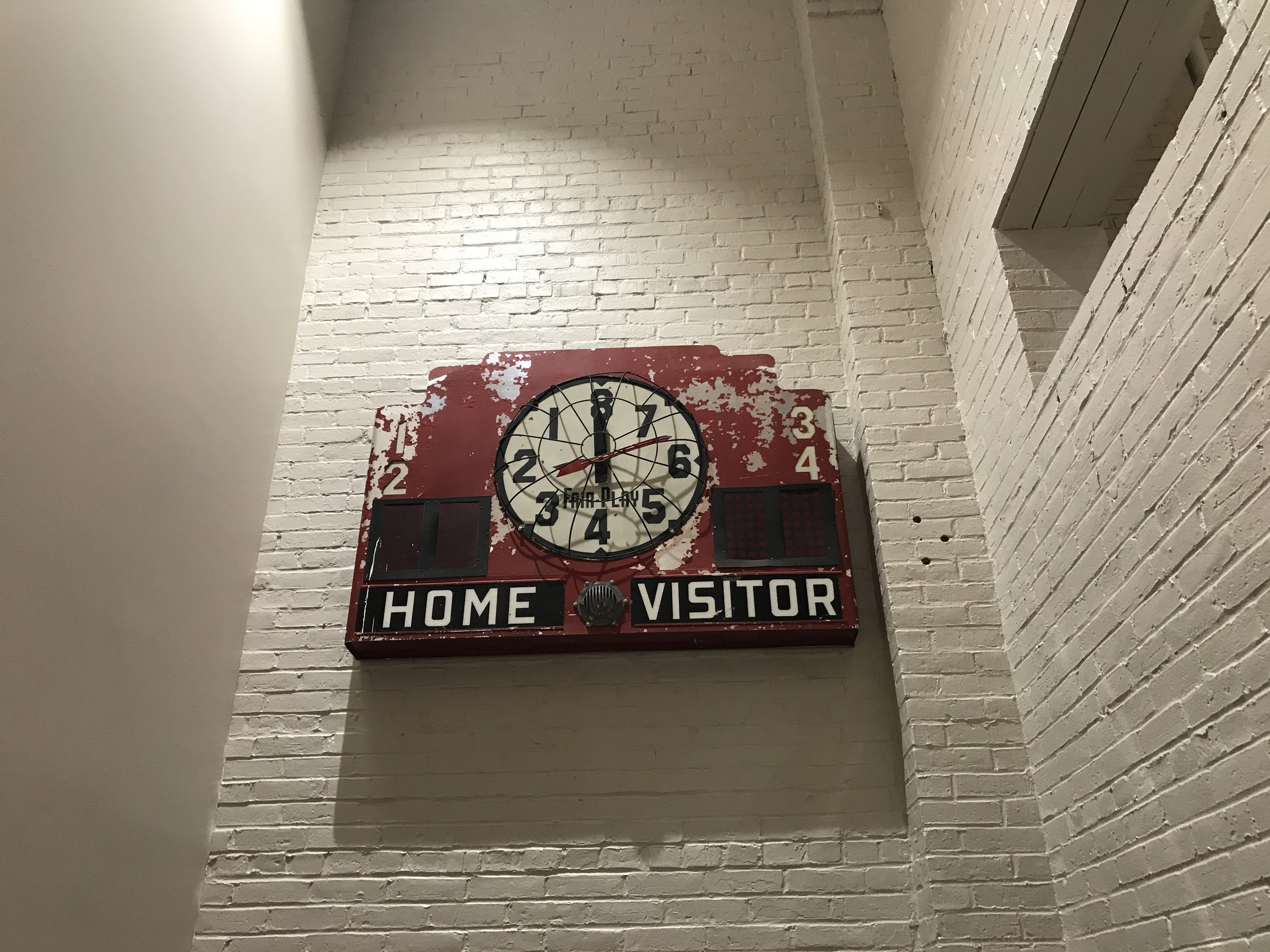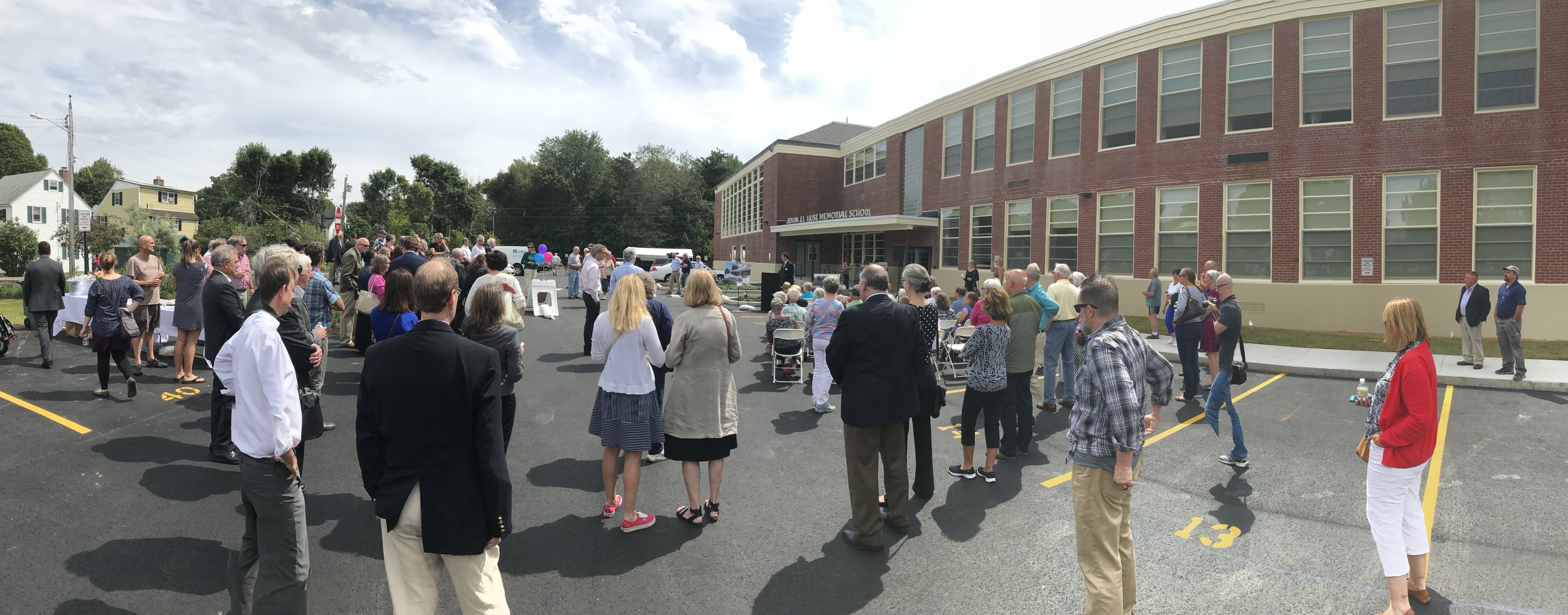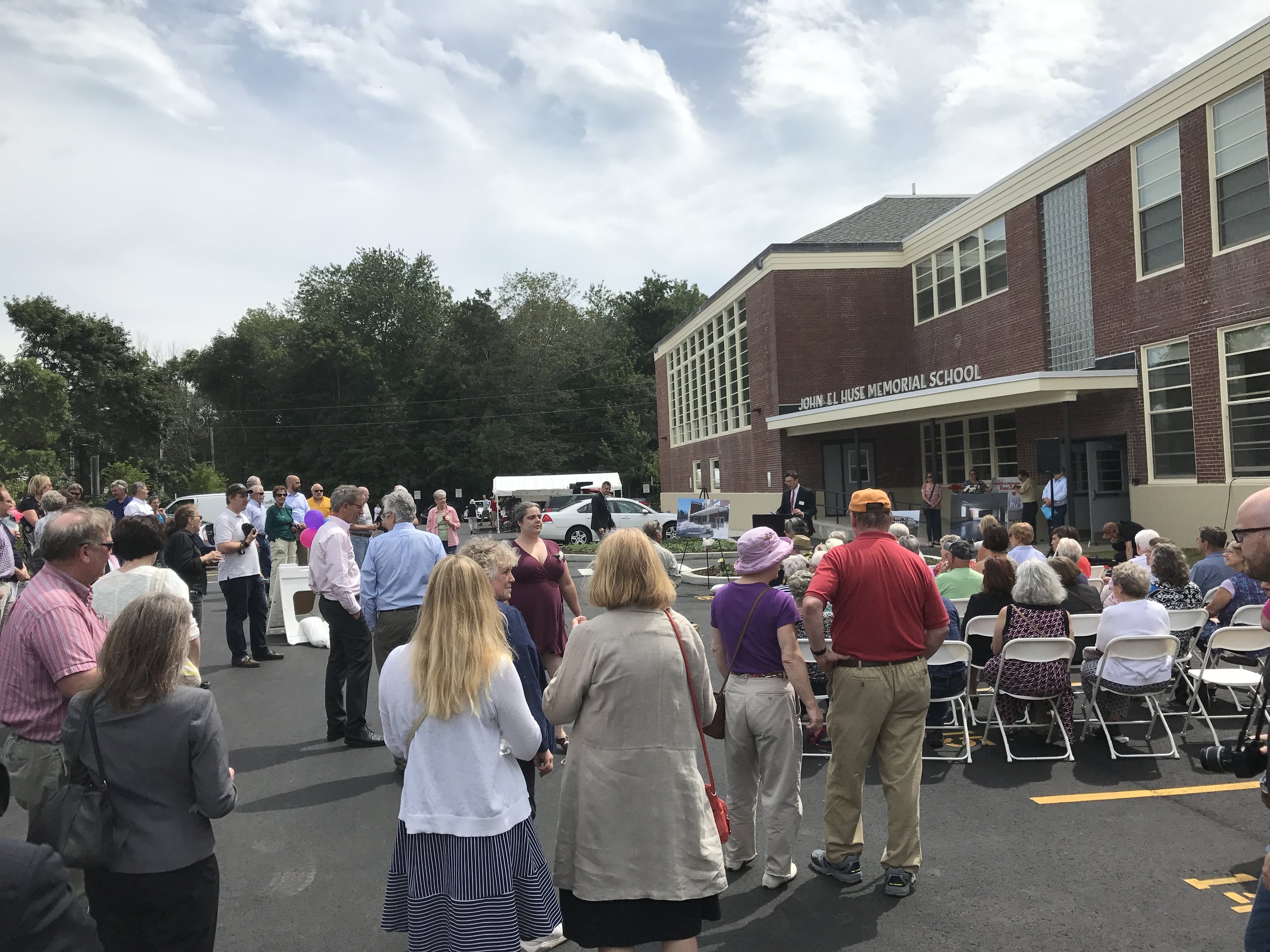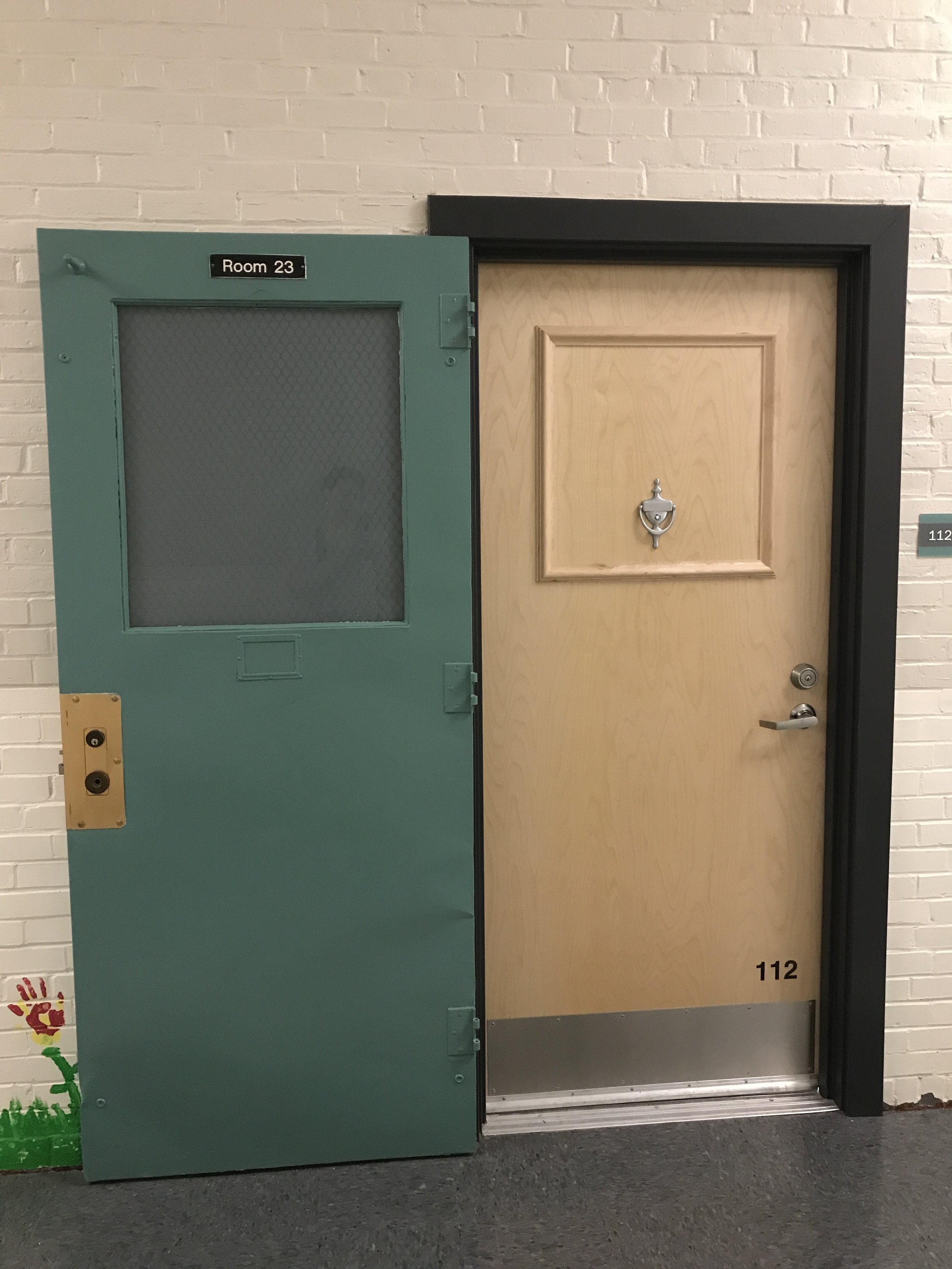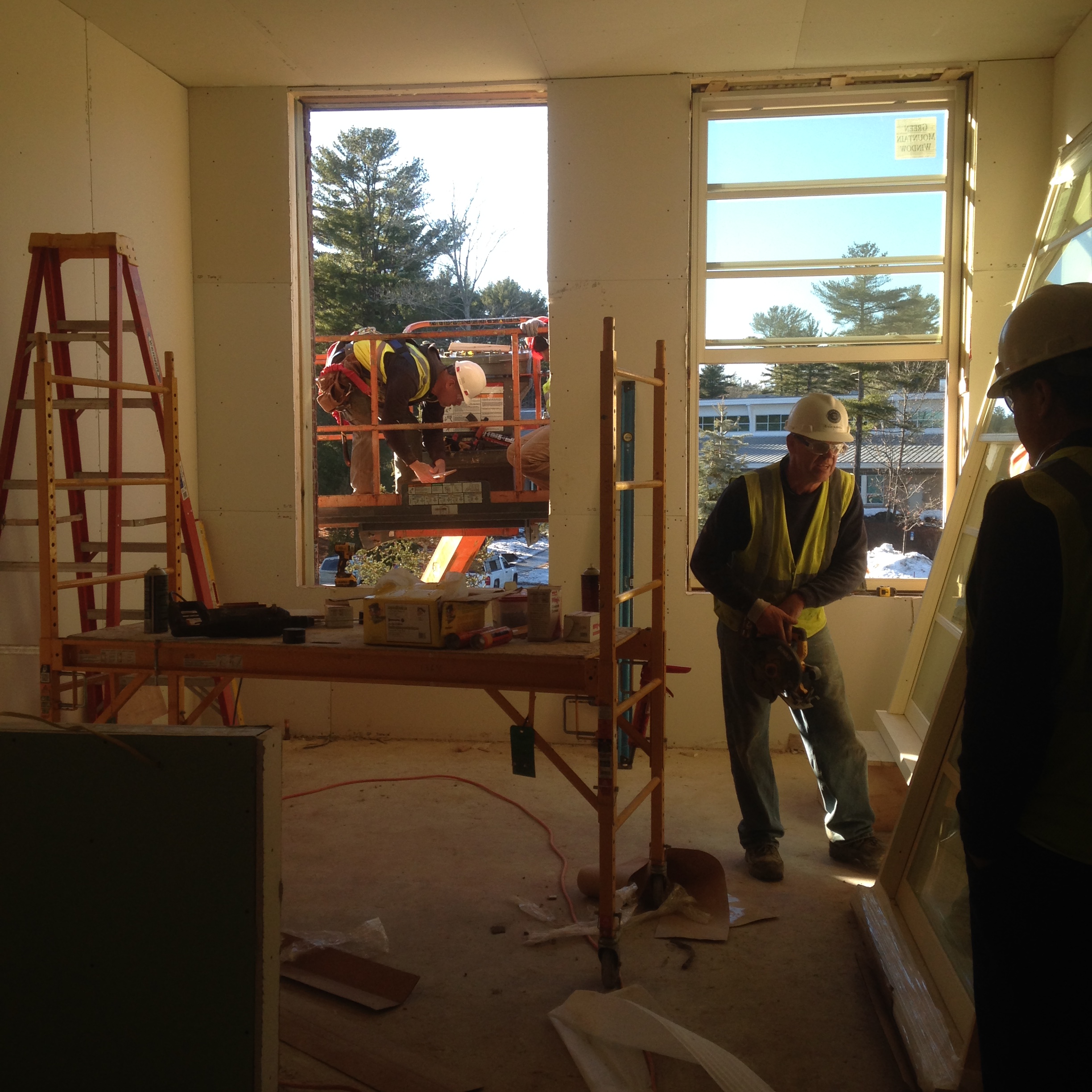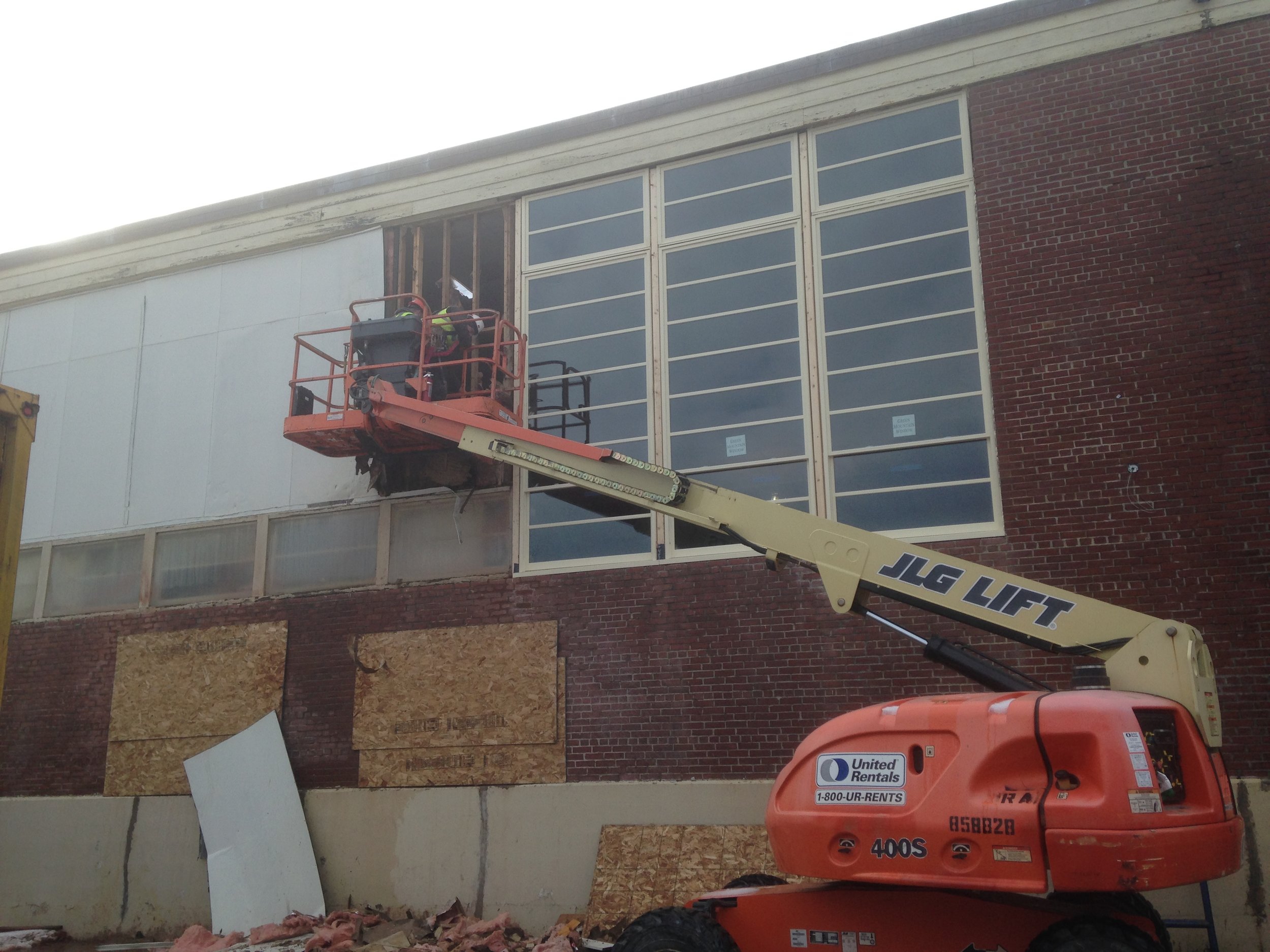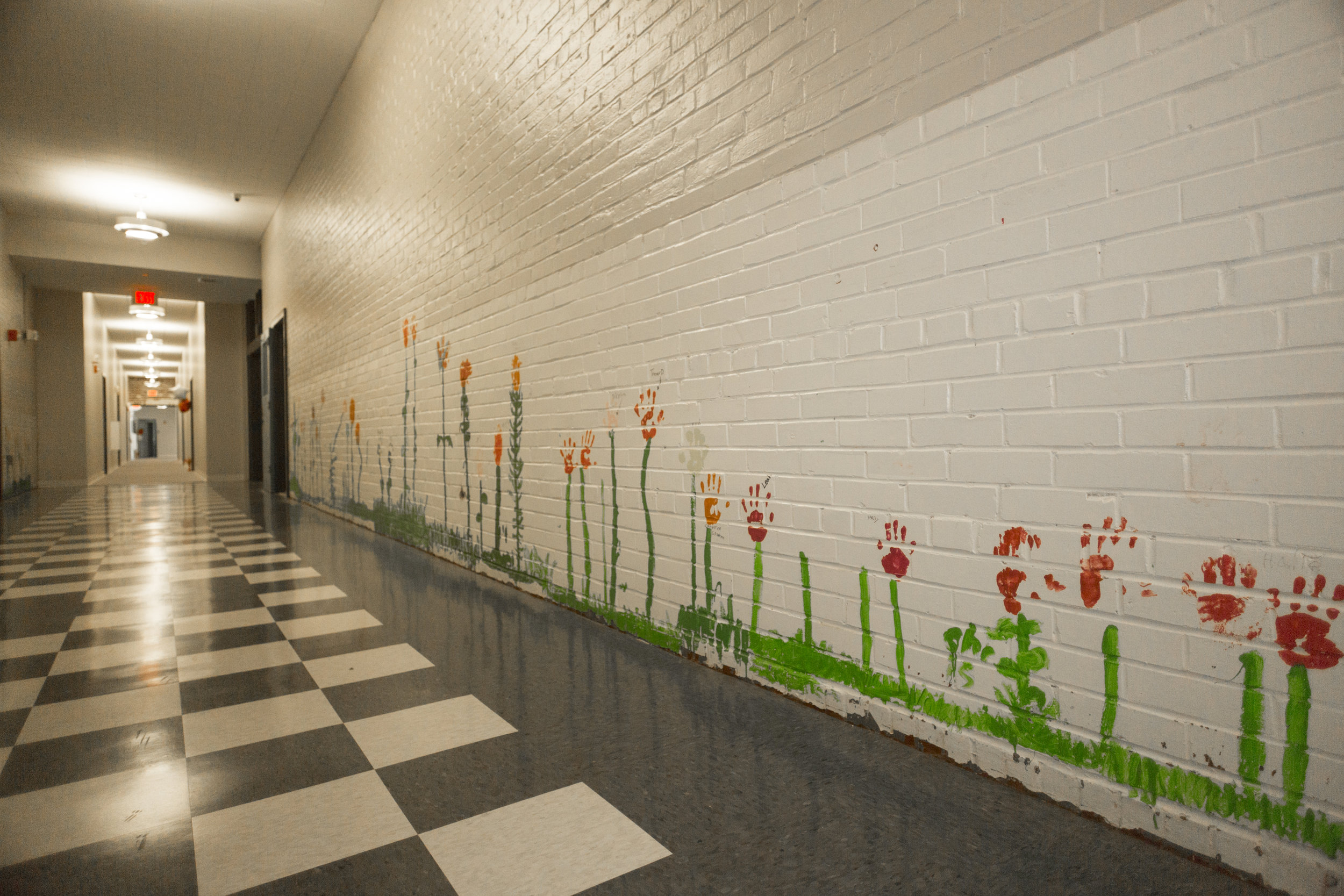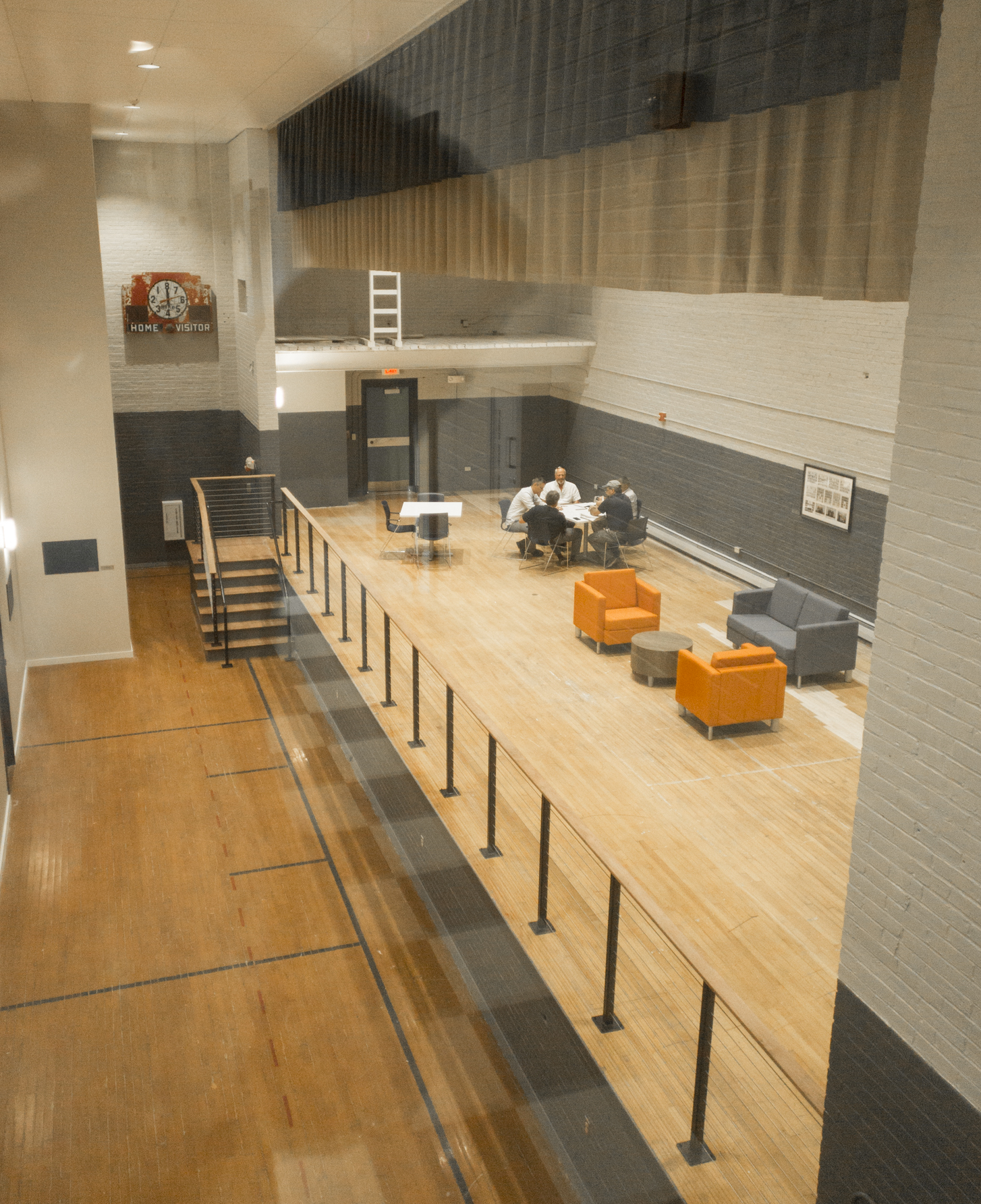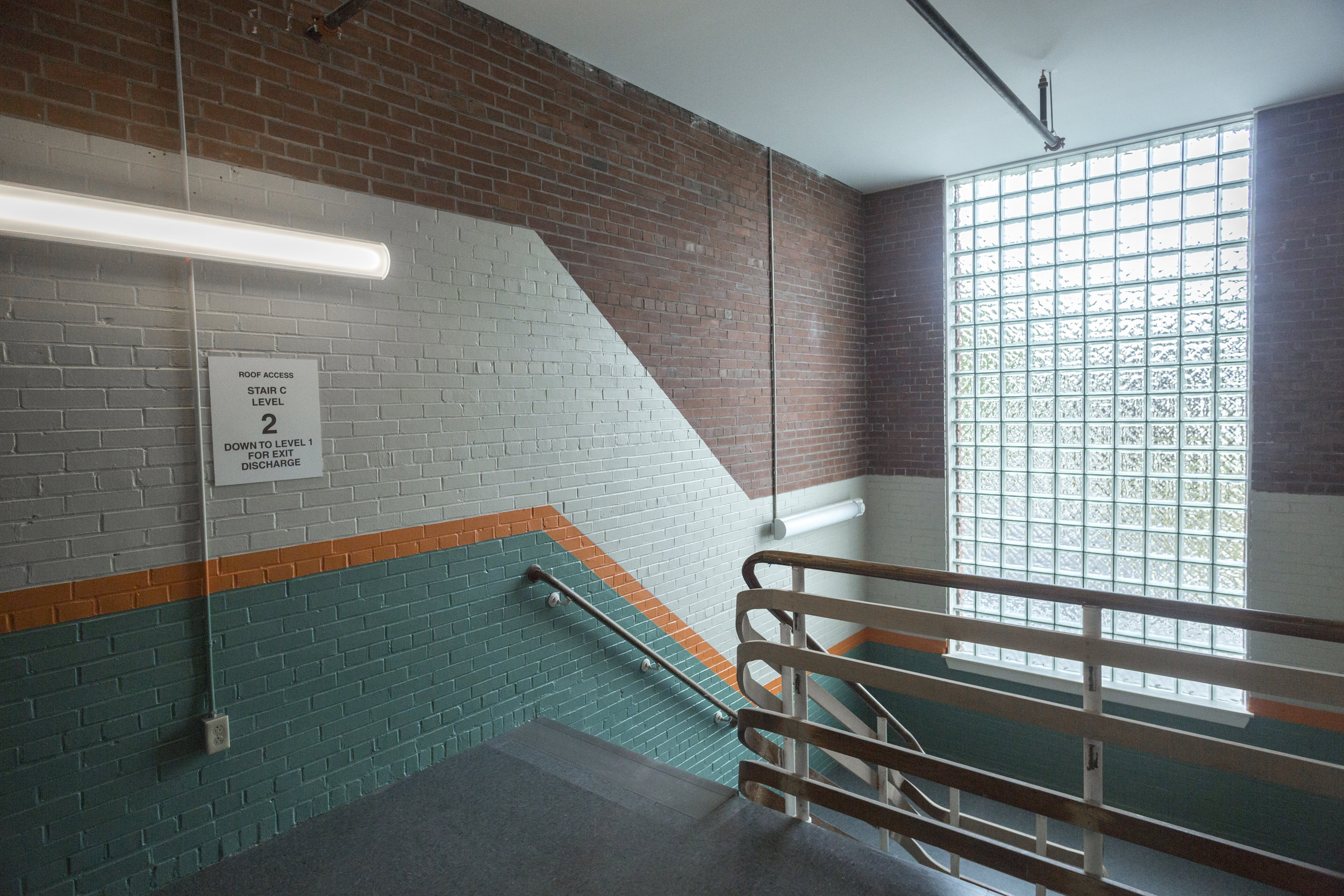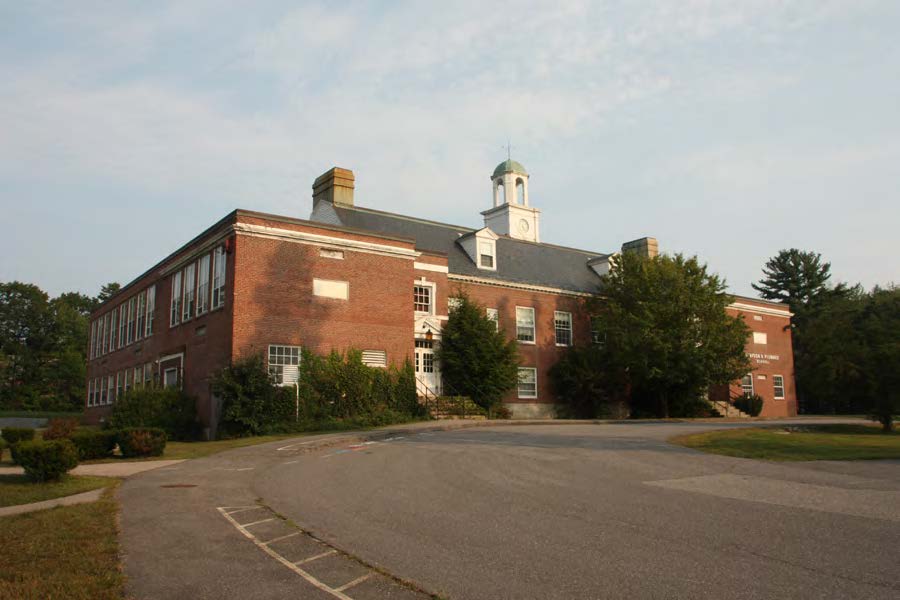

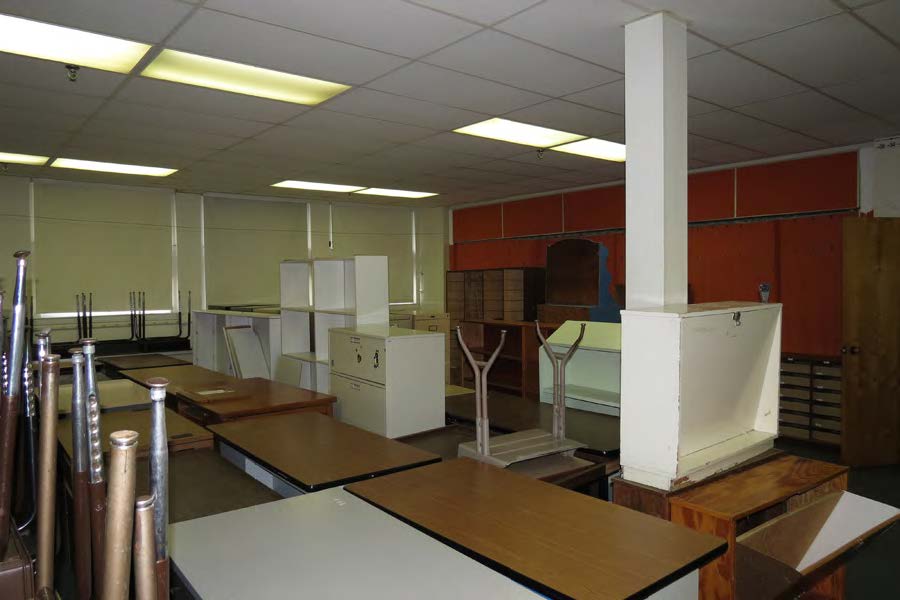

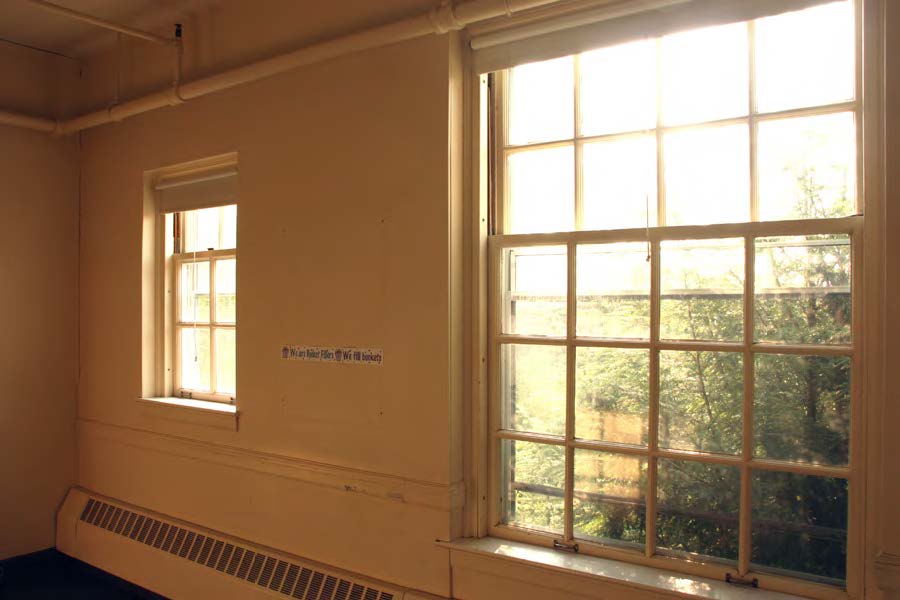
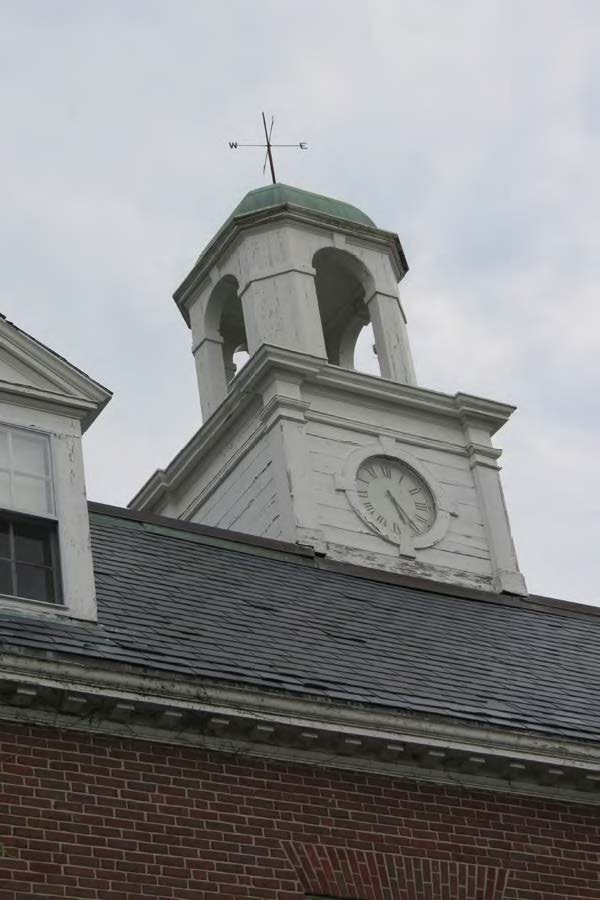



The Plummer School has stood as a landmark in the town of Falmouth since its construction in the early 1930s. The impressive two-and-a-half story Colonial Revival style high school, flanked by two-story wings to the east and west, was constructed in two phases c.1930-31 and 1935. Built primarily of brick with wooden clapboards at the gable ends, the roofline features an original, copper-domed clock tower, undoubtedly the building’s most iconic feature. Added to these features are finely crafted brick cornices and arched door heads. On the interior, the building retains many of the original classrooms, central corridors, and stairs.
Following nearly a decade of committee hearings, public meetings, and a town-wide referendum, an innovative agreement formalized a public-private partnership between the developer and Town of Falmouth to rehabilitate the building. While Falmouth is a historic town, there are few historic public buildings of note, so preserving the building and re-purposing it with a public mission were goals of central importance.
Devising a financially viable plan for the project was not easy. The first attempt to establish the building’s eligibility for Historic Tax Credits failed. A year-long proposal process to convert the building into a new Library also failed to garner the necessary support. However, with the guidance and expertise of project partners Sutherland Consulting, Developers Collaborative and OceanView at Falmouth, historic tax credit eligibility was gained in 2016 and work began on converting the historic school into one of very few senior communities designed for moderate income residents.
Today, the completed apartments wrap around a large common area in the center of the building -- once site of the high school gym. The wood windows are restored originals now fitted with exterior storms. On the walls, much of the original plasterwork survives and a historic chair rail was replicated for installation throughout the building. Workers removed contemporary carpeting as well as linoleum and layers of various adhesives, exposing the original hardwood floors, which were sanded and finished. Outside, they scraped and painted the clock tower and dentil molding, and carefully repaired the school’s impressive slate roof.
The impact of Plummer School’s rehabilitation and re-use has been felt throughout the community of Falmouth. Besides providing much-needed senior housing, the revitalization of this space highlights the perseverance of a local community in protecting and celebrating one of the towns prized historic public buildings.

